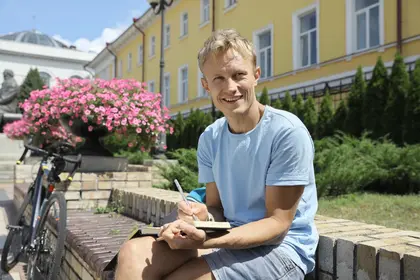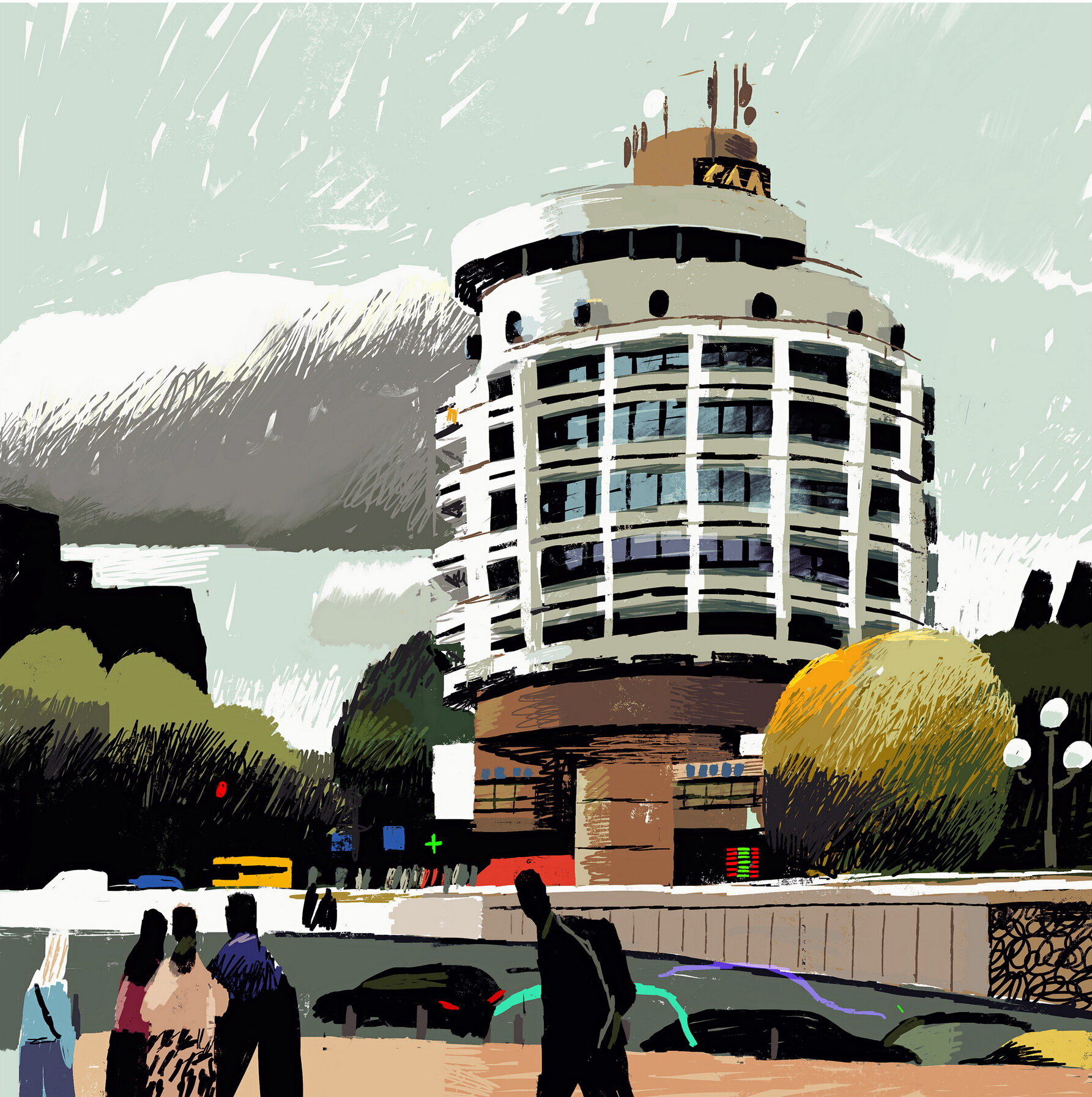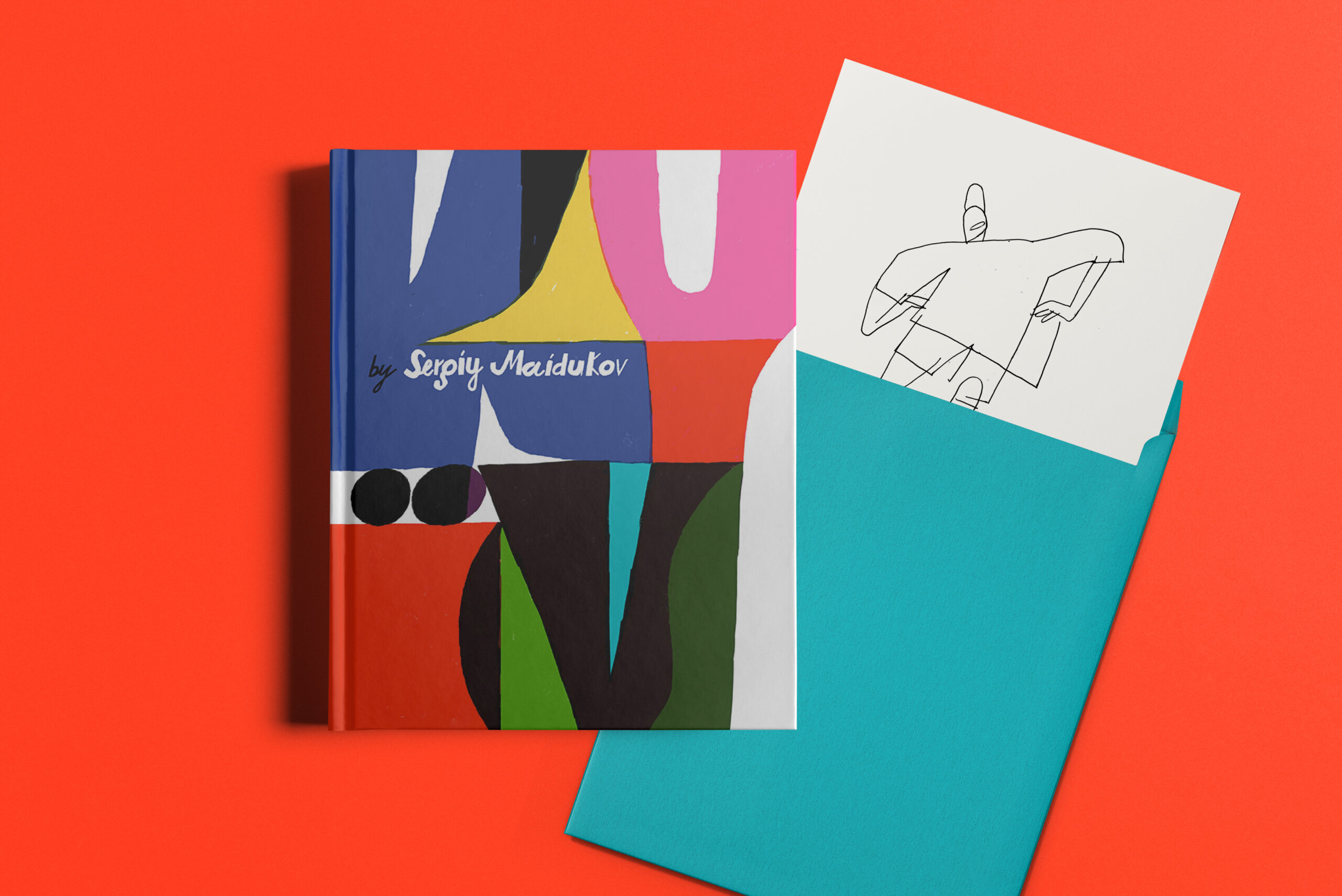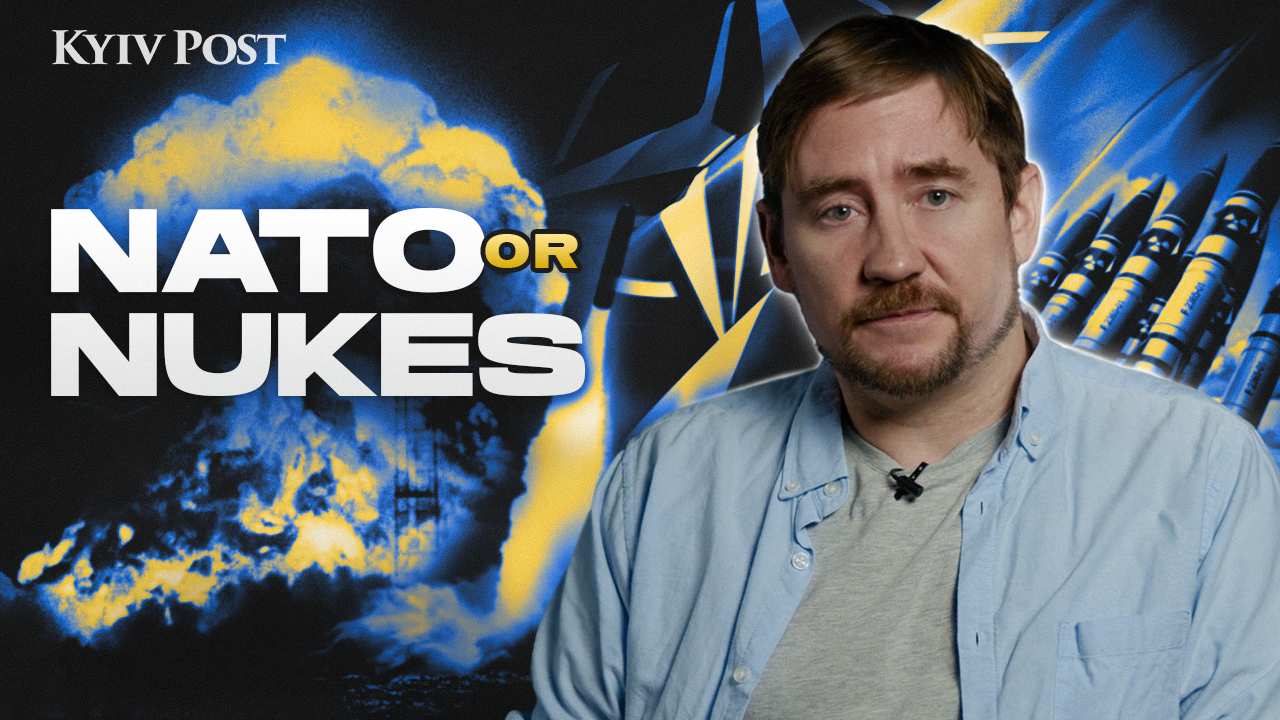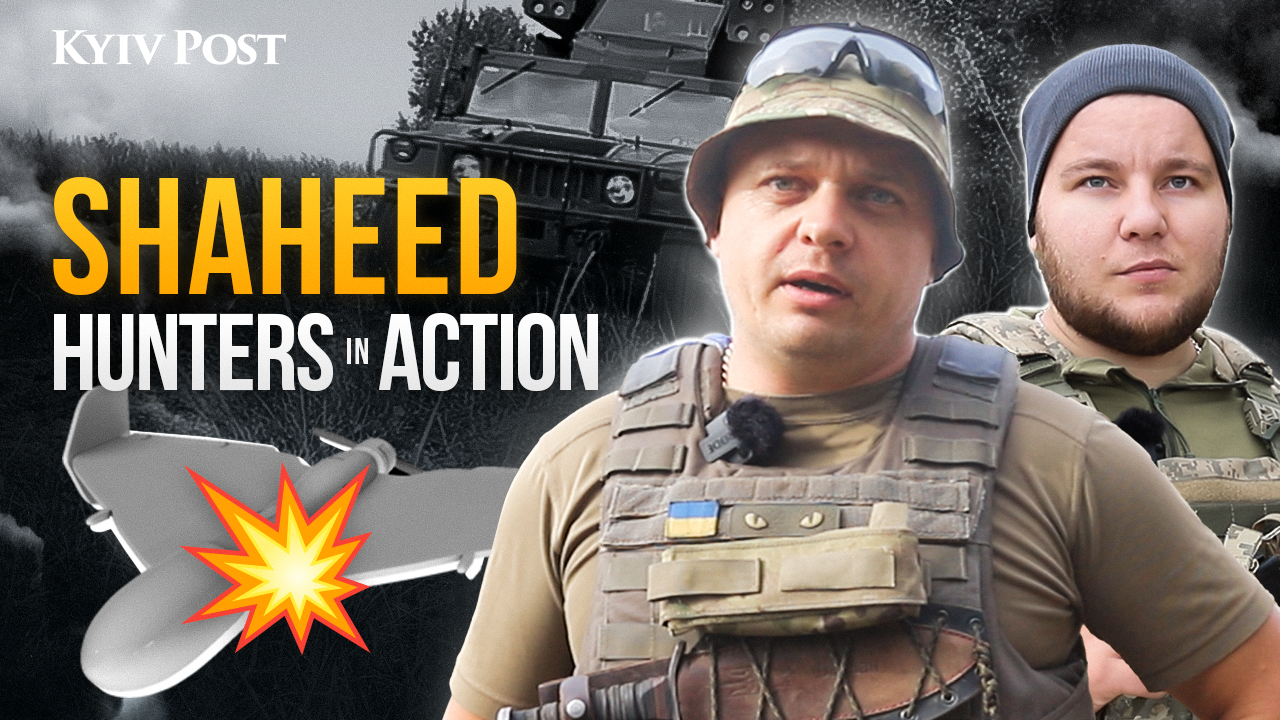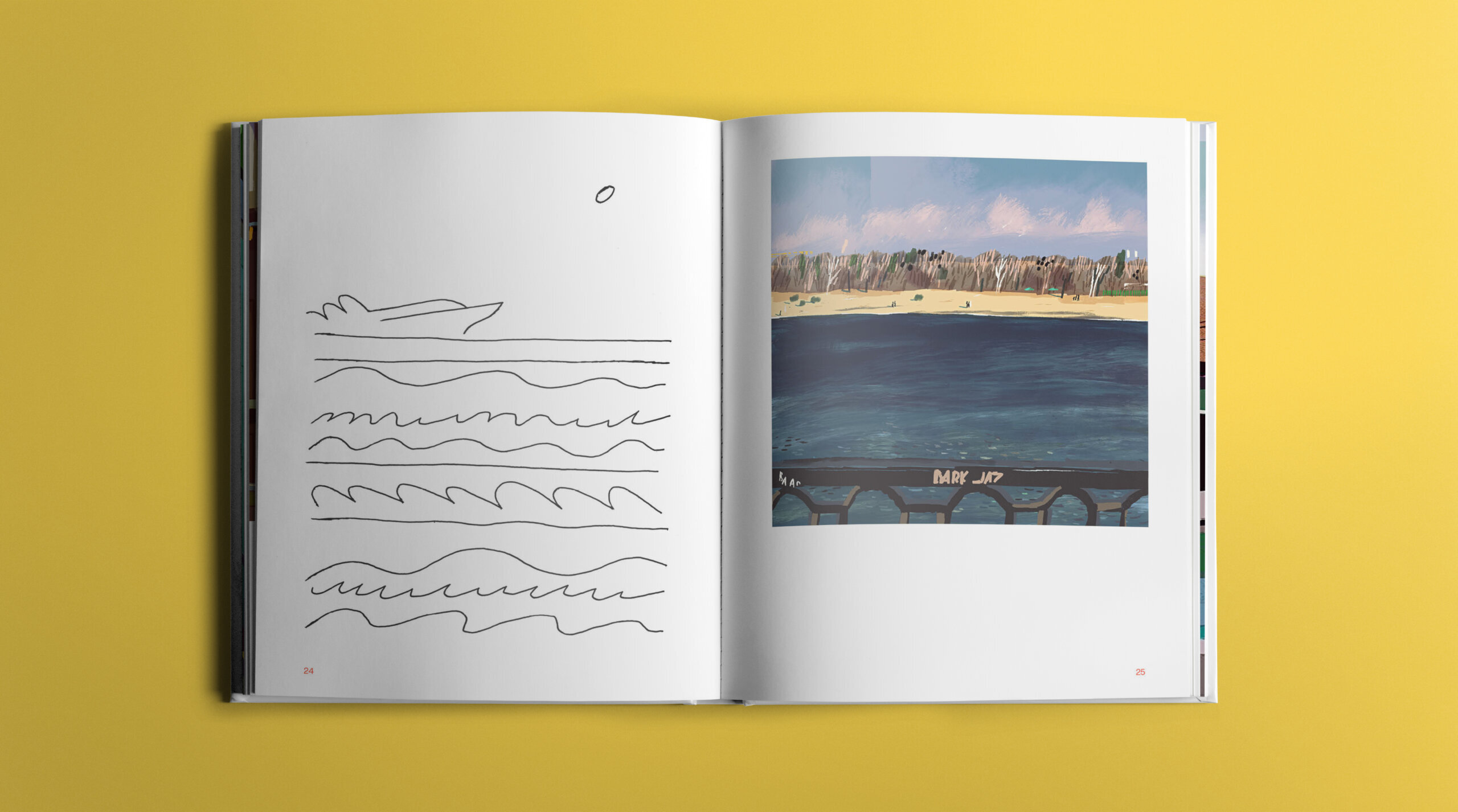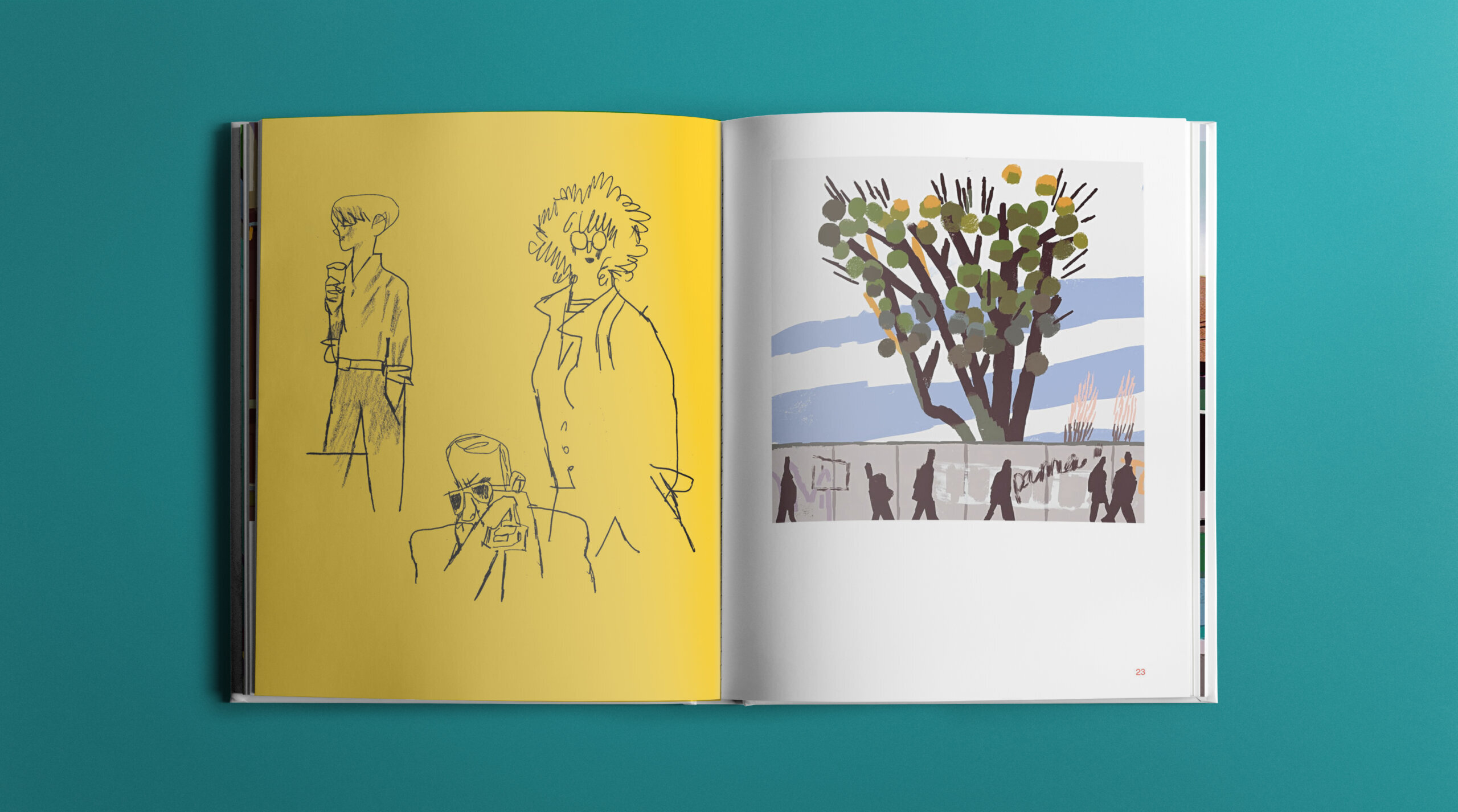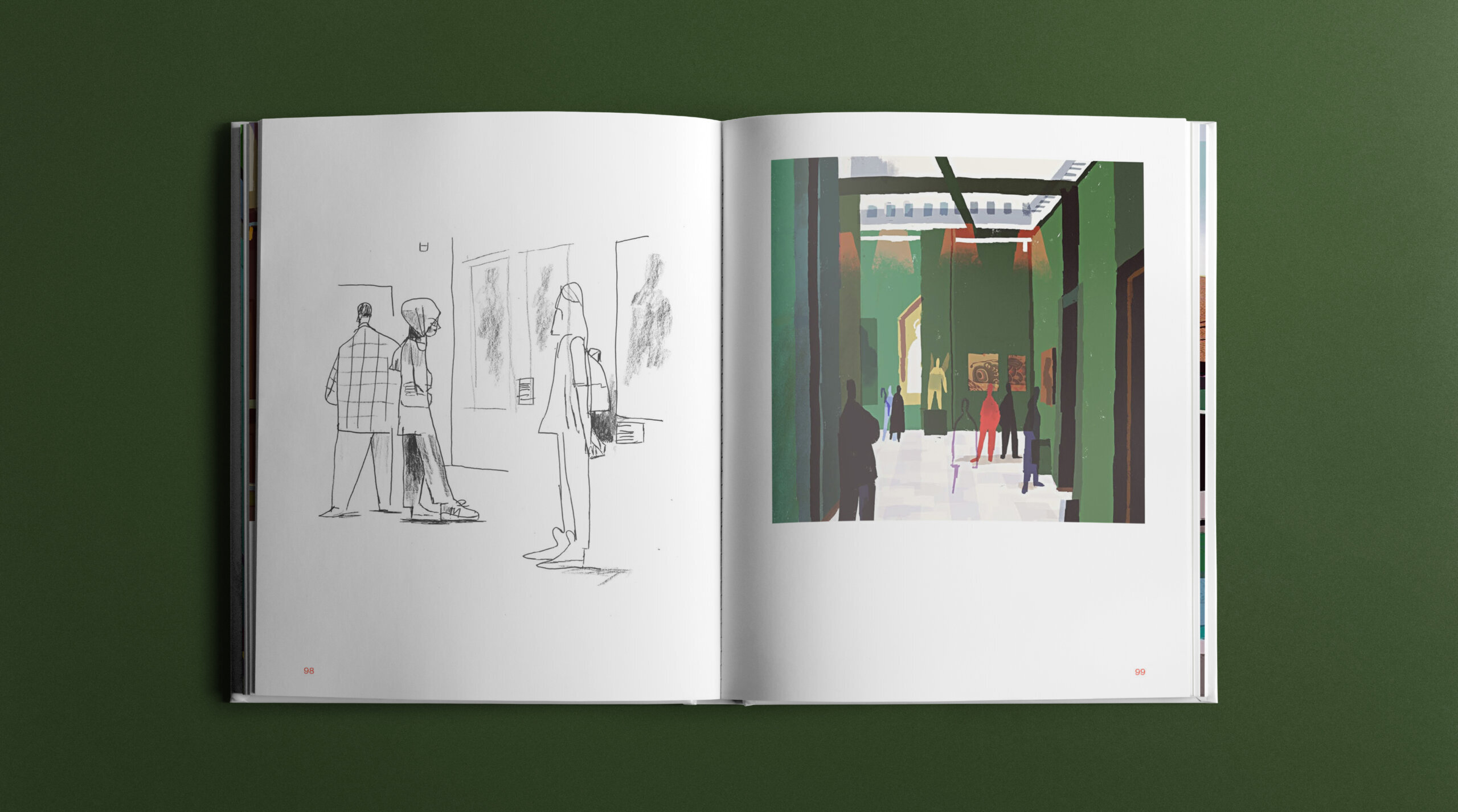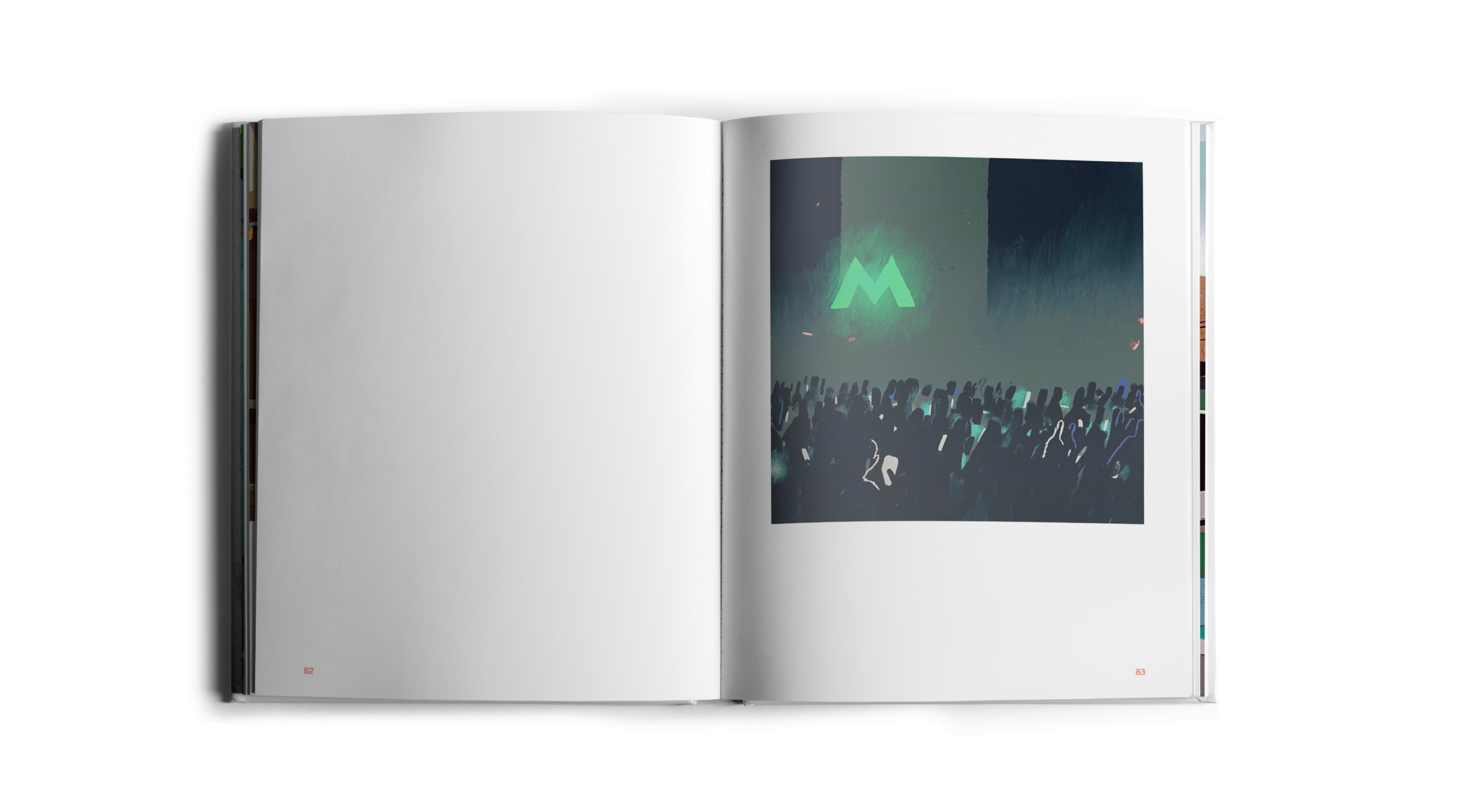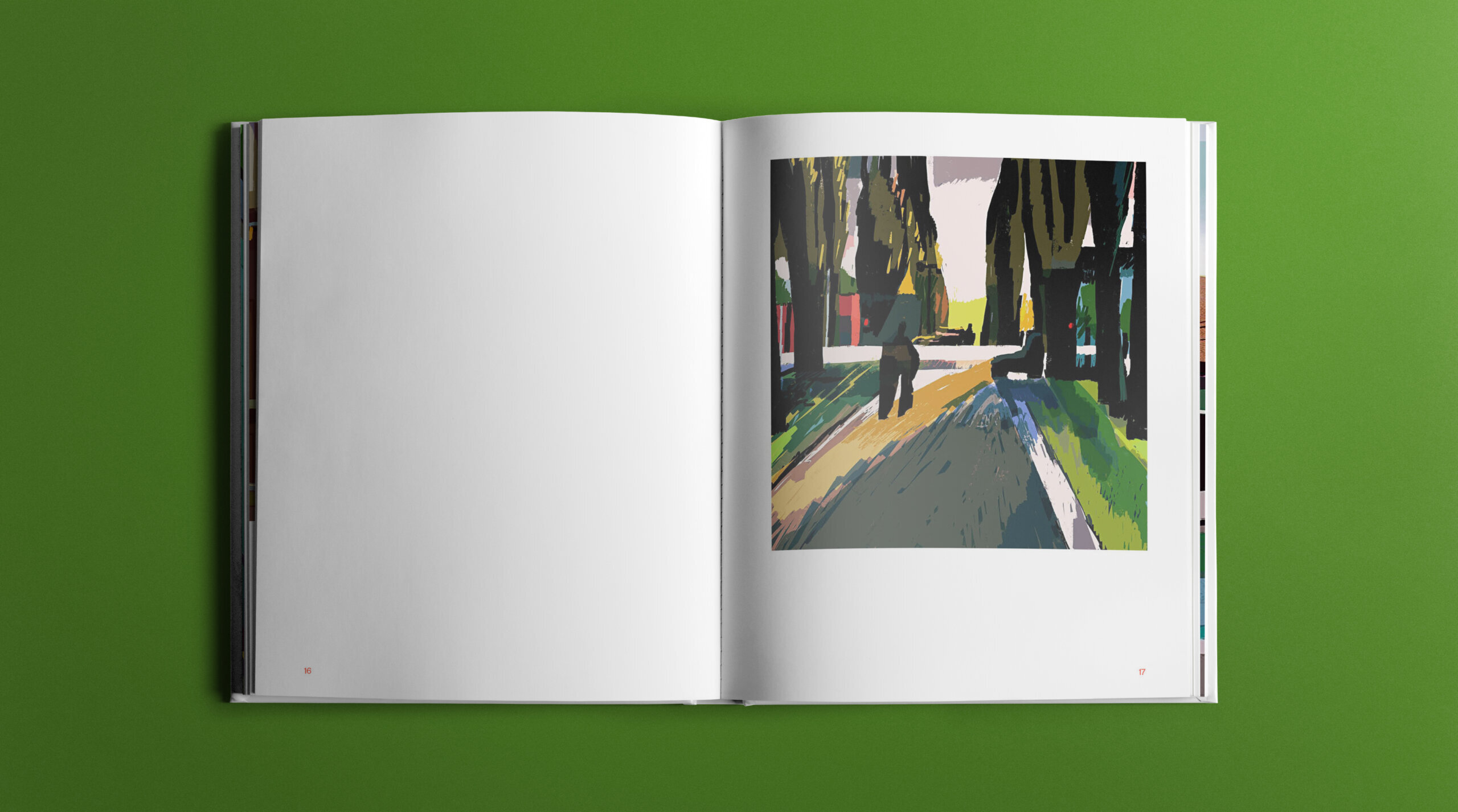It is easy to fall in love with Kyiv flipping through the pages of Sergiy Maidukov’s new art book.
Though originally a Donetsk native, the illustrator has been living in the Ukrainian capital for more than 20 years and has grown quite affectionate of the city.
JOIN US ON TELEGRAM
Follow our coverage of the war on the @Kyivpost_official.
“I love Kyiv tenderly, sincerely and desperately,” Maidukov, 41, told the Kyiv Post.
The feeling shows in his illustrations and sketches, as he captures the capital’s urban aesthetics in his 130-page artbook “Kyiv by Sergiy Maidukov.”
Released by IST Publishing in May, the book has descriptions in English and is available for purchase online and in bookstores for Hr 910 ($33).
Becoming an illustrator
Maidukov was born into an artistic family and his father was his first teacher.
By the age of six he had created his first collection of graphic artworks under his dad’s guidance. Those very first art pieces were copies of illustrations from home library encyclopedias.
“I would sketch insects in a notebook, with a short description, and my dad noticed them,” Maidukov says.
He has never stopped drawing ever since.
Maidukov studied at the National Academy of Fine Arts and Architecture, the alma-mater that counts Ukrainian artists such as the landscape painter Tetyana Yablonska and architect Florian Yuriev who designed the famous Kyiv modernist structure, Flying Saucer, among its graduates.
Though he always wanted to do illustration full-time, it took Maidukov years to actually quit his job as a designer that, unlike illustration, provided a stable income.
But the wait was well worth it. Today Maidukov is one of Ukraine’s most successful and known illustrators with around 1,000 art pieces on his record.
His illustrations have appeared on the pages of The New Yorker, The Guardian and Esquire Ukraine. Although Esquire Ukraine doesn’t exist anymore, it was the country’s only magazine publishing illustrations in 2012-2013, Maidukov said.
Cooperating with a publication as iconic as The New Yorker — a life goal of pretty much every ambitious illustrator — was an exceptional milestone. So when Maidukov received the first offer from it in 2018, it was quite emotional for him.
“If I was alone and could have shouted without embarrassment, I would have,” he says.
His art now consistently appears on the magazine’s pages four to five times a year.
Maidukov’s portfolio, however, is very versatile and is not limited to media. In 2017, he designed a Google Doodle for Ukraine’s Independence Day. His other works have been showcased in the windows of Kyiv’s Central Department Store (Tsum), on fashion designs and many postcards, posters, product labels and packaging.
The illustrator often works free of charge helping to visualize various good causes for charity and activist projects. He is very proud of them but is humble, saying they aren’t “something to brag about.”
Kyiv inspiration
Maidukov moved to Kyiv at 26, but he didn’t get to actually explore the city until later.
For the first couple of years in the capital, he spent most of his time inside an apartment, doing graphic design and eating cheap canned food.
When he entered art school, Maydukov’s vision of the city was shaped by new knowledge. He also traveled to the center frequently. That’s when he “started to get a feel for Kyiv.”
Fascinated by the capital, especially its architecture and people, Maidukov dedicated a whole series of postcards to it in 2014. He depicted some of his favorite locations such as the Zhovten cinema, Olympic Stadium, Lybidska metro station and the Fomin Botanical Garden. Maidukov soon released another series of postcards, this time spotlighting historical architecture that was at risk of being torn down.
But the illustrator’s love for Kyiv didn’t stop there. Maidukov drew more than 70 sketches and illustrations on the capital’s streets between 2018 and 2020. Most of them made it into “Kyiv by Sergiy Maidukov.”
Though he has quite an extensive background in illustration, this is his first art book and first experience of having complete freedom in creating the whole project.
“I had a carte blanche from the publisher — I was the author of my own cover,” Maidukov says.
Despite expectations to see a Kyiv symbol or a significant city location, the cover simply reads “Kyiv.” Yet it immediately catches the eye, as Maidukov used extra-bright and bold handwritten letters covering the whole cover surface.
“I’ve been very fond of letters for the last year,” Maidukov explains. “Anywhere they can be used, I try to see how they can be combined and constructed.”
The order of illustrations in the book was a tough call. Maidukov gave up on the idea of arranging them by season or by location. He eventually came up with a hidden narration, which he still keeps in secret, that defined the order. Maidukov wants the readers to explore the publication and unpuzzle it themselves.
“Explaining such things means destroying the search that the reader has to do,” Maidukov says.
The illustrations have no names, descriptions or locations — it is almost an exclusively visual story that Maidukov shares with the reader. The only text featured is a small introduction about the author and the book, which is yet another visual joy laid out inside the shape of the word “Kyiv.”
There is also a conversation at the end of the book between the author and journalist Oleksii Tarasov, who was the chief editor of Esquire Ukraine when the magazine started publishing Maidukov’s works.
Hidden charms
Many will recognize the familiar Kyiv views and locations in the book. There’s the grenade-shaped Salut Hotel, the always busy area of Lva Tolstoho Square, the striking ensemble of the Kyiv crematorium, the modern Theater on Podil, subway stations and central streets.
But Maidukov sees way beyond the recognizable. He has a tremendous eye for Kyiv’s hidden beauty, seeing the charm in cranes at endless constructions, underground passages and abandoned industrial areas.
He travels around the city by bike and stops at any moment to capture some eye-catching view or plot. One such occasion resulted in an illustration of construction workers painting the wall of a building.
It can take Maidukov up to two hours to draw a sketch right on the spot.
“I stand with an iPad and draw everything I see from nature,” he says.
But it’s not only about what he sees. While sketching, Maidukov listens to all the noises around to convey the atmosphere visually.
He is very scrupulous in his process. It took Maidukov five attempts to find an angle to draw the famous 62-meter-high Motherland monument. The illustrator didn’t want to include the Soviet coat of arms, held by the female statue, since it’s a reminder of a dark moment in Ukraine’s history.
But at times, he is also very laidback about his work. Having trouble drawing the Kyiv Hotel, a 15-floor modernist building, Maidukov cut it by nine floors.
“Sorry, but I couldn’t manage the geometry,” the illustrator jokes.
Many illustrations incorporate people, as they shop at markets, sit on park benches or simply walk the streets because “Kyiv is an anthill,” Maidukov says.
Without people, the image of Kyiv would have been dishonest. But if anything, Maidukov’s book is the opposite of that, offering a genuine portrayal of Kyiv, with all its imperfections and no hyperbole.
“This is Kyiv for me: traffic near the subway, a little fog and people very busy on their phones in the evening,” Maidukov says.
“Kyiv by Sergiy Maidukov” is available for purchase on IST Publishing’s webstore for Hr 910 ($33).
You can also highlight the text and press Ctrl + Enter


